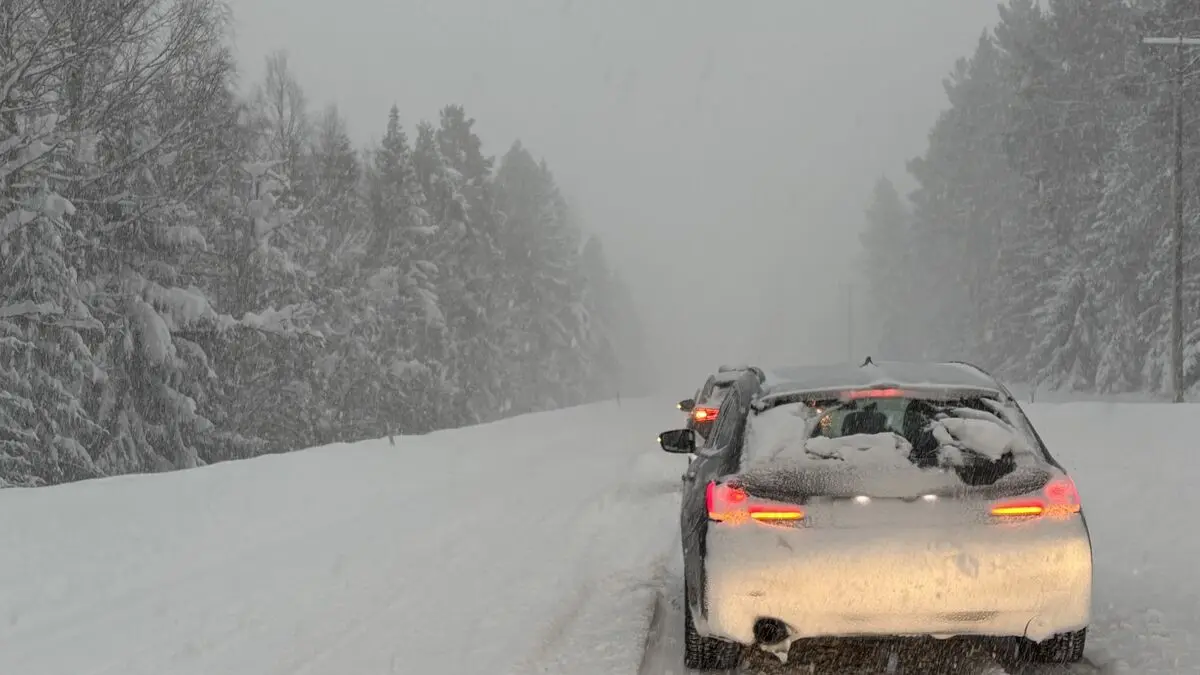A day like today, when the Swedish Meteorological and Hydrological Institute forecasts 28 degrees of heat in Stockamöllan, where Carina and Alvar Sonesson run Gunnaröd farm, the cows stay inside longer than usual before they take themselves out into the cool under a tree.
In 2018, when it was so hot, the cows didn't go out until 10 pm, says Carina Sonesson.
The cows get to choose
Her firm conviction is that the cows should get to choose themselves and that they want a change of scenery. During the drought in 2018, there was nothing to graze on outside, but they still thought it was nice to go out and lie down late in the evening.
Then they just went out and lay down and stretched out full length.
On her and her husband's farm, the cows' free choice applies from mid-April to mid-October. During the winter half-year, it is impossible to allow them to go out, since the ground would be trampled and the cows would eventually wade in mud.
Environmental change is good
She returns to the fact that cloven-hoofed animals like cows need to be able to trample around in soft grasslands. And just like humans, the cows benefit from environmental change. Yet, she understands that the agricultural organization LRF, for competitive reasons, is driving the issue of abolished grazing rights for cows in free-range farming.
She has been on many study visits to cowsheds abroad, both in southern Europe and in Denmark, and notes that Swedish farmers do not compete on equal terms.
Our cows will always get to go out, but what others do, that's up to them. From a competitive perspective, it's not the same compared to the rest of the EU.
Cecilia Klintö/TT
Facts: Grazing and outdoor living – what the law says
TTTT
According to Swedish law, cattle must spend time outdoors during the summer.
Cattle for meat production must be outdoors during the grazing season and have access to grazing or other outdoor living around the clock.
Cattle for milk production must have access to grazing for at least six hours in a row every day during the grazing season.
The grazing season varies in length in northern, central, and southern Sweden, and the requirements for how many days during the grazing season the animals' grazing rights apply vary depending on where in the country the farm is located.
Source: The Swedish Board of Agriculture






